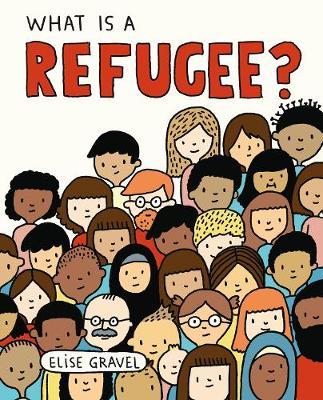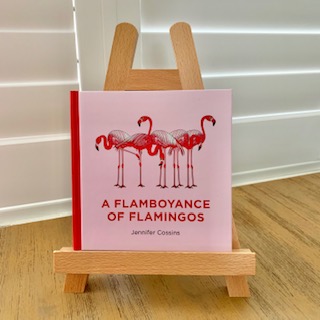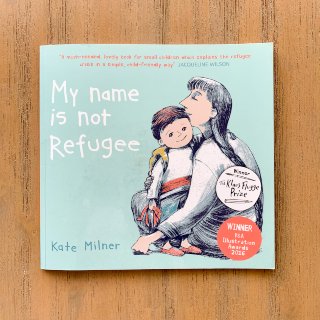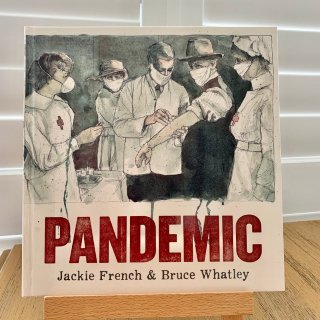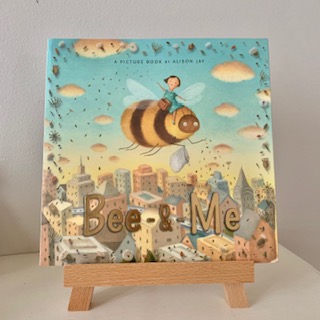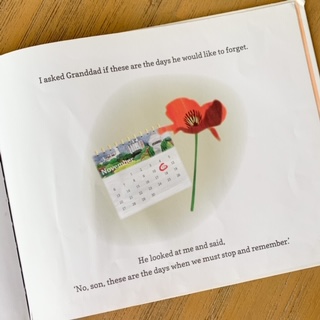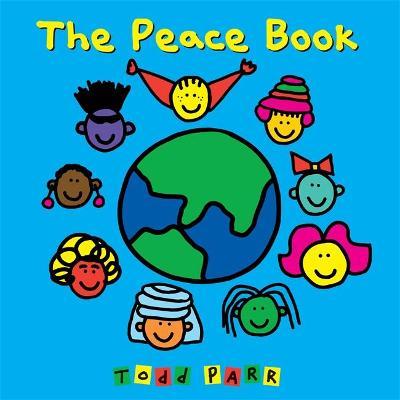What is a Refugee?
Free lesson plan, writing template and printable word-search puzzles for kids
Best suited to:
K – Year 3
KLAs covered:
English, history, PDH (empathy)
Learning:
- who are refugees?
- why do people leave their countries and become refugees?
- what are some of the difficulties refugees face when they leave their country?
- refugees are people just like us who just want to work, go to school, do the things we do and live in peace;
- refugee children like and want the same things children in our country want;
- there have always been refugees and some very famous people were refugees when they were young;
Need to know:
- a super-simple book suitable for children from the age of four up;
- the perfect introduction to the concept of refugees for young children, with bright, graphic illustrations and straightforward text;
- aimed at children up to the age of about seven but also a quick, easy read for older children;
- a great first book for older children on the subject of refugees which could pave the way for the exploration of more complex texts;
- includes short paragraphs at the back of the book which tell the stories of individual refugee children and of famous adults (eg Albert Einstein, Freddy Mercury) who were once refugees;
Discussion Questions (before reading):
- read the title and discuss the cover: do you know what a refugee is? What do you see on the cover? What do you think this story will be about?
- ask children if they know what a story which is made up is called? A book about things that are true. Tell children this is a non-fiction book: the things in the book are true;
- write the words flee and fled on the classroom whiteboard. Briefly discuss what they mean and when they are used;
Discussion Questions (after reading):
- the text in this book is simple and may not require much explanation from an adult. Ask the children what they thought about the book. Was there anything they didn’t understand?
- briefly review the concepts of questions and comments and ask: what questions or comments do you have about the book?
- ask the children how they think refugee children feel. How would it feel to leave your home, your pets, your school, your friends, etc? Invite them to close their eyes and imagine leaving their homes and not knowing where they will go? Write the emotion words given by the children on the classroom whiteboard;
- read and discuss the stories of refugee children and of famous adults who were once refugees. This can be done later in the day as a separate activity;
Activities
- children write and/or draw a response to the story;
- children complete a wordsearch using vocabulary from the story;
- children use the vocabulary in the wordsearch to write sentences about what happened in the story;
- children write about how they think refugee children feel, using the emotion words on the classroom whiteboard;
- children write a sentence or two about how they would feel if they had to leave their homes and become refugees;
Year 2:
- children imagine they are a refugee child and write a letter to a friend about their experiences;
Your free, printable word-search puzzles and writing template
These free, printable word-search puzzles for kids are great for building and reinforcing the vocabulary used when discussing What is a Refugee? They’re especially helpful for EAL/D students.
There are two different puzzles in this file to enable you to differentiate the activity according to the learning needs of your students.
Download and print your free writing template for use with the picture book What is a Refugee? here (PDF).

